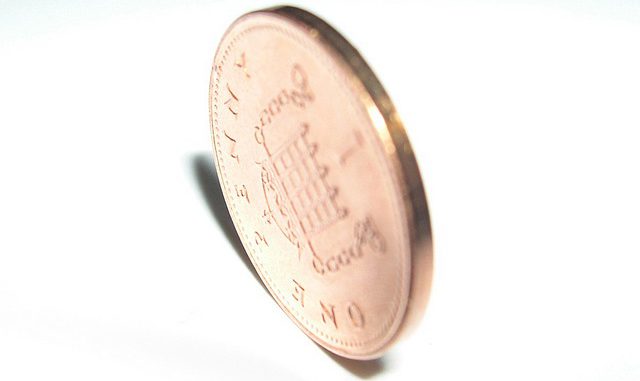
Once you’ve determined the coin is definitely uncirculated, you can start to break down grading into 4 factors:
Surface Preservation – bag marks, hairlines or planchet flaws; whether from the mint of afterwards. Any analysis of surface preservation weighs the visual impact of surface imperfections depending on severity and location on the coin. 40% of grade score.
Strike – Sharpness and completeness of detail, taking into account knowledge of how the coin was minted and the expectations for strike. 20% of grade score.
Luster – brilliance, cartwheel effect, sheen and contrast, taking into account what is considered normal for that coin. Minor cleaning, re-toning, friction wear are evaluated under this category. 20% of grade score.
Eye Appeal – The subjective portion of toning, and the total affect of the combination of coins other qualities. Do the coin’s qualities make a “pretty” coin, a “plain” coin or an “ugly” coin? 20% of grade score.
Surface preservation is the single most important factor in the grading of mint state coins. The other three factors are about equal to each other, with each being half as important as surface preservation. There are other grade modifiers such as proof-like, full strike, rim nick, weakly struck, cleaned etcetera, to factor into an overall grade.
Surface Preservation:
Bag marks are the most common surface problem on most business strike coins. Hairlines are the most common problem on proof coins. Proof-like business strike coins tend to have both of these problems; most mint caused imperfections such as die scratches and clashed dies aren’t considered to be serious defects and hardly affect the grade at all. Mint caused defect will affect grade half as much or less, than a bag mark or hairline.
Once you determine severity of surface imperfections, you must combine it with the location of imperfection to score the surface preservation. The device is worst, field next, with rim coming in last.
Strike:
The distance between dies, striking pressure and die condition are just three factors which affect the sharpness of a coin.
As with surface preservation, a poorer strike detail near the rim of the coin is less important than that same amount of detail loss in the center.
Luster:
Coin striking occurs under extreme pressure of the dies. This pressure is responsible for mint luster. It is the way the surface reflects light. Luster is the combination of cartwheel effect, sheen, contrast and brilliance.
When you grade for luster you are observing the intensity and beauty of that coin’s ability to reflect light, within the expectations for that issue.
First, look at the highest points on the coin. Is the luster equal to that at the fields? If not, the coin has some friction points (disturbance of luster), but not wear – which would make it AU.
Next, examine the fields, are they full luster, pretty good, so-so, or just dull? Improper cleaning, re-toning, and excessive dipping all will reduce luster to same degree.
Eye Appeal:
Luster is somewhat subjective, but eye appeal is really subjective. Eye appeal can be divided into three distinct areas. They are toning, balance and attractiveness.
When looking at toning, determine how attractive the toning is. Does it add or detract from the overall quality of the coin? Golden toning or rainbow toning will add to the overall look of the coin. Dark brown or black will detract.
Balance comes into consideration with toning, by noting if both sides of the coin are toned equally, or is one side toned, while the other not? Is the toning balanced or lopsided? Is it a pleasing look?
Finally, adjust eye appeal for attractiveness. Does the combination of toning, surface of quality, and strike make the coin enjoyable to look at?
A coin’s final grade is determined by its worst side, with the weight of that being placed 60/40 observe to reverse. That is, the obverse is about 1.5 times more important in the final grade than the reverse.
Since this is only a summary of the grading process for uncirculated coins, the inexperienced grader must use other references to learn about the expectations of each date, mint mark and sometimes die variations to accurately assess the coin’s mint state.
Until you’ve looked at several thousand coins close enough to determine their state of preservation, you would fall into the category of inexperienced and still need to hone you grading skills. Mint state grades are the most difficult to call coins accurately, with more at stake for a wrong call.
To discover more about coins: collecting issues, money management, investing in the rare and bullion coin market, and much more, I invite you to visit www.heritagecoingallery.com for videos and free tips on buying coins at the best prices.
Article Source: Rare American Coins and Accurately Grading Their Mint State

